Intended Use
Milk Agar (DM167) is used for the enumeration of bacteria in milk and milk products, rinse waters, ice-creams etc.
Product Summary and Explanation
Liquid milk is a highly perishable foodstuff with a shelf life of only 5-10 days after pasteurization(1). Contamination of raw milk arise from either the soiled or diseased udder or inadequately clean Milking or storage equipment(2). Milk is an excellent medium for bacteria, yeast and moulds. Their Rapid growth can cause marked deterioration, spoiling the milk for liquid consumption or manufacture into dairy products. Milk agar(1) is made to a formula corresponding to the official medium described in Dept. of health memo 139/Foods. It is recommended for performing the plate count test on milks, rinse water, milk products and ice-creams(2) etc. Milk agar conforms to the EEC commission for the examination of ice cream. Statutory tests for milk must be carried out exactly as described as in the appropriate statutory instrument.(3)
Principles of the Procedure
Essential nutrients are provided by peptic digest of animal tissue and yeast extract while milk solid is a source of casein. Dextrose is the carbon and energy source. Proteolytic bacteria will be surrounded by a clear zone, due to conversion of casein into soluble nitrogenous compounds
Formula / Liter
| Ingredients | : Gms / Liter |
| Peptic digest of animal tissue | : 5.00 |
| Yeast extract | : 3.00 |
| Milk solids | : 1.00 |
| Agar | : 15.00 |
| Final pH: 7.2 ± 0.2 at 25°C | |
| Formula may be adjusted and/or supplemented as required to meet performance specifications | |
Precautions
1. For Laboratory Use only.
2. IRRITANT. Irritating to eyes, respiratory system, and skin.
Directions
1. Suspend 24 grams of the medium in one liter of distilled water.
2. Heat to boiling, to dissolve the medium completely.
3. Autoclave at 121°C, 15 psi pressure, for 15 minutes/validated cycle.
4. Mix well and pour into sterile Petri plates.
Quality Control Specifications
| Dehydrated Appearance | : Cream to yellow colored, homogeneous, free flowing powder |
| Prepared Medium | : Light yellow coloured slightly opalescent gel forms in Petri plates |
| Reaction of 2.4% Solution | : pH: 7.2 ± 0.2 at 25°C |
| Gel Strength | : Firm, comparable with 1.5% Agar gel |
Expected Cultural Response: Cultural characteristics observed after an incubation at 35 – 37°C for 18 – 48 hours.
| Sr. No. |
Organisms | Results to be achieved | ||
| Inoculum (CFU) |
Growth | Recovery | ||
| 1. | Bacillus subtilis ATCC 6633 | 50-100 | Good-luxuriant | >=70% |
| 2. | Pseudomonas aeruginosa ATCC 27853 | 50-100 | Good-luxuriant | >=70% |
| 3. | Lactobacilus casei ATCC 9595 | 50-100 | Good-luxuriant | >=70% |
| 4. | Staphylococcus aureus ATCC 25923 | 50-100 | Good-luxuriant | >=70% |
| 5. | Serratia marcescens ATCC 8100 | 50-100 | Good-luxuriant | >=70% |
The organisms listed are the minimum that should be used for quality control testing.
Test Procedure
1. Prepare milk dilutions of 1/10, 1/100, 1/1000 in 1/4-Strength Ringers solution use this Inoculums within 15 minutes.
2. Pour plates : pipette 1 ml of each dilution into Petri dishes. Add 10 -12 ml of molten milk Agar, cooled at 45°C, and mix thoroughly
3. Spread plates: spread 1ml of milk dilution over the surface of the solidified medium in a Petri dish Incubate at 30°C for 72 hours.
Results
Select plates containing 10-300 colonies. Results are expressed as colonies per product tested.
1) Proteolytic psychrophic colonies may be enhanced by flooding the plates with solution of 1% hydrochloric acid or 10% acetic acid.
2) Pour of excess acid solution and count the colonies surrounded by clear zones.
Storage
Store the sealed bottle containing the dehydrated medium at 10 – 30°C. Once opened and recapped, place container in a low humidity environment at the same storage temperature. Protect from moisture and light.
Expiration
Refer to the expiration date stamped on the container. The dehydrated medium should be discarded if not free flowing, or if the appearance has changed from the original color. Expiry applies to medium in its intact container when stored as directed.
Limitations of the Procedure
1. For identification, organisms must be in pure culture. Morphological, biochemical and/or serological tests should be performed for final identification.
2. Consult appropriate texts for detailed information and recommended procedures.


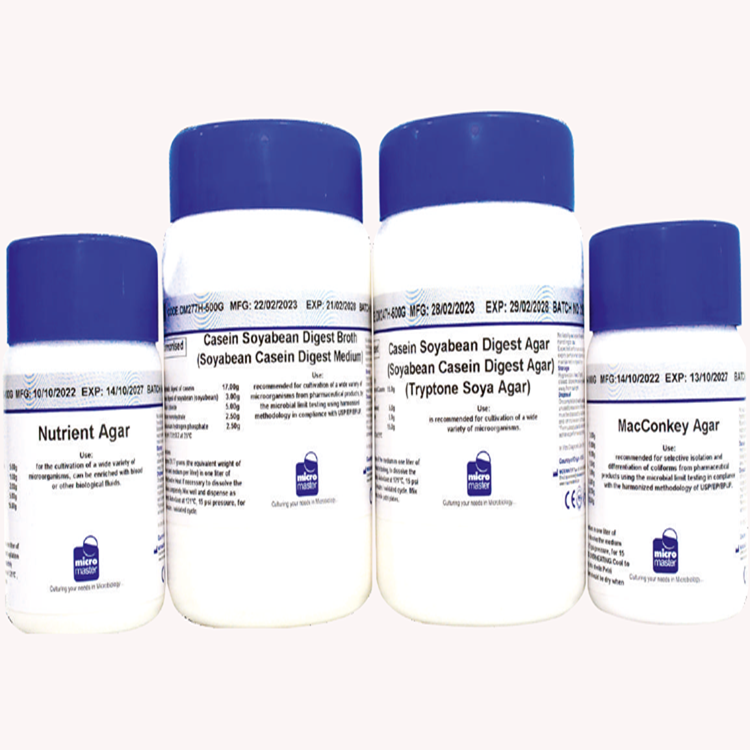




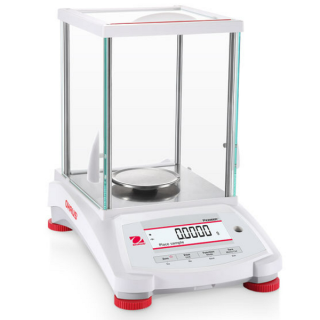
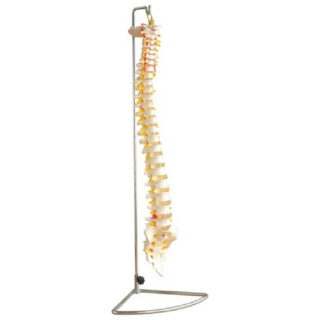
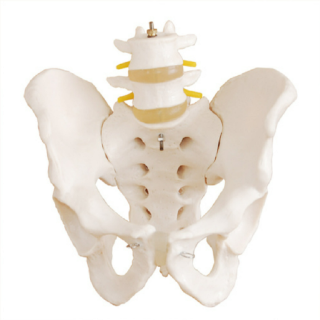
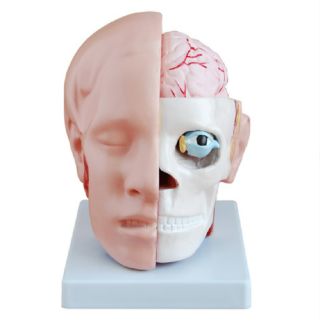
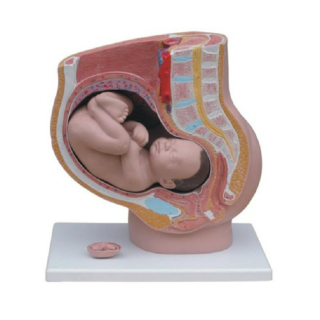
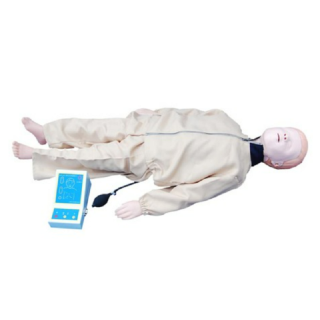
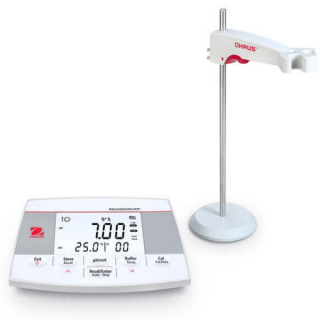
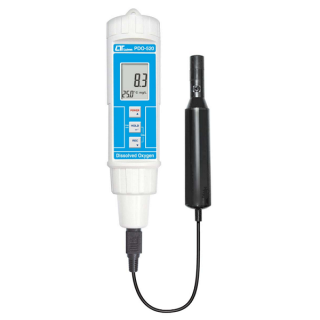
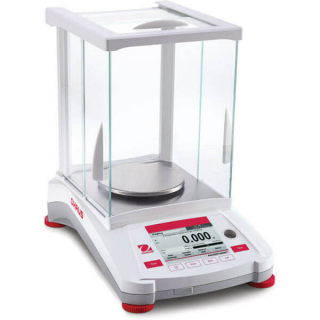

Reviews
There are no reviews yet.